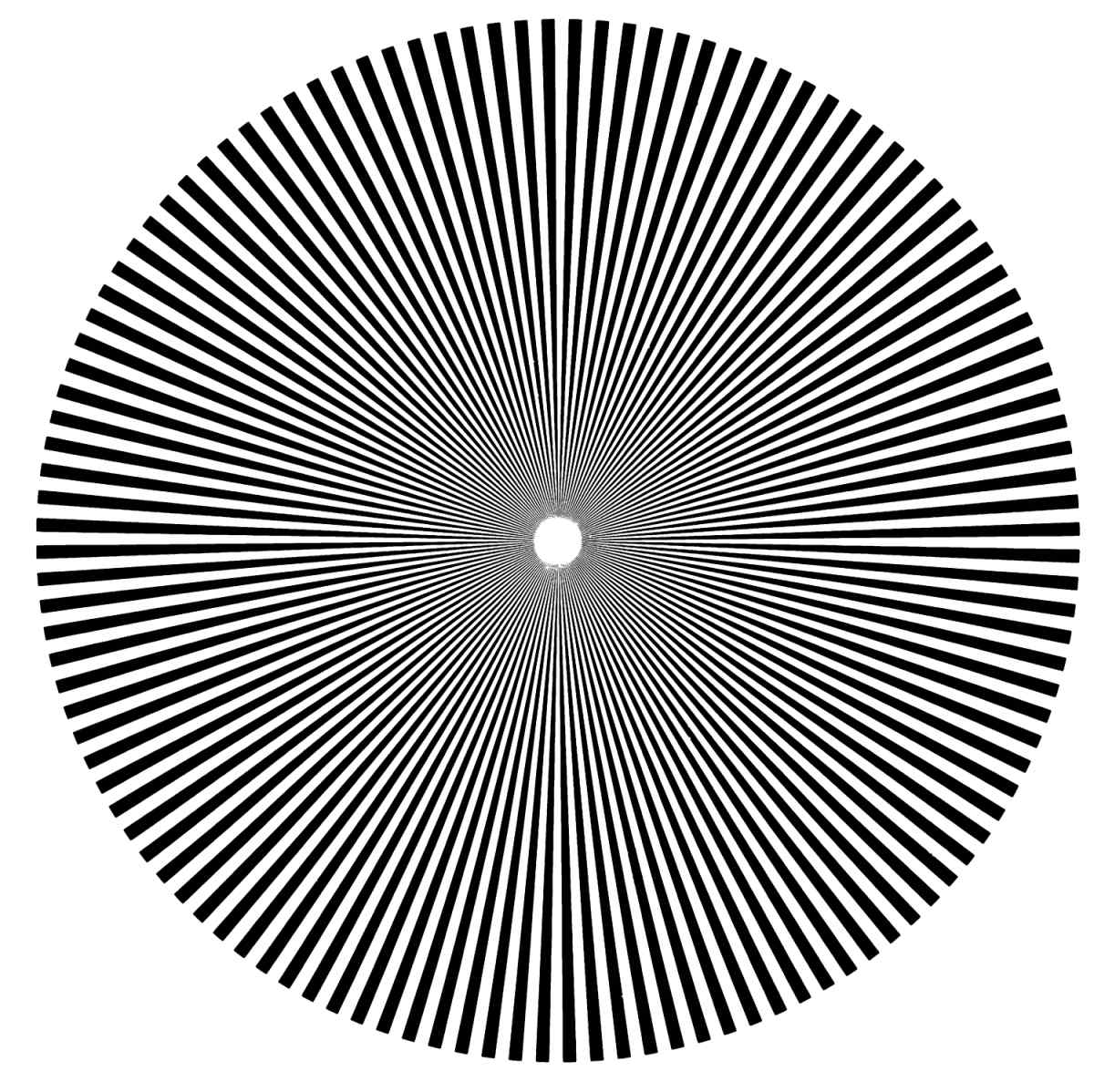 |
American Literature: Romanticism research assignment Student Research Submissions 2013 research post 2 |
 |
Daniel B. Stuart
May 2, 2013
European vs. American Romanticism:
A Matter of Time and a Question of Space
There is perhaps no better literary visualization of the early American frontier
than the verse of William Cullen Bryant. His 1821 poem "The Prairies" exudes
such an air of divine presence inhabiting the country's landscape that careful
readers will be sure to identify early strains of Transcendentalism in his
fitting descriptions of "unshorn fields, boundless and beautiful . . .
encircling vastness . . . magnificent temple of the sky" (Bryant 495-496). The
author, however, is not unaware of the impending mark of mankind upon such a
majestic plain ("I listen long/To this domestic hum, and think I hear/The sound
of that advancing multitude/Which soon shall fill these deserts.") (Bryant
495-498). He is well-informed of the effect civilization will have,
knowledgeable that such an "encircling vastness" cannot remain untouched by
time; a classical scholar as well, Bryant was a man familiar with the ravages of
time upon the natural world. As a Romantic artist, he was perhaps one of the few
in America to conspicuously acknowledge such a distinguishing characteristic
within the movement's transatlantic distinctions. In the untainted splendor of
the American frontier, there was everywhere a "tonic of wildness" (Thoreau 866)
while in Europe, as Bryant himself would state in a letter to his friend and
painter Thomas Cole, there is "everywhere the trace of men" (McLean 64).
Consequently we have the one thing vital to American Romanticism--space--which
could not be categorized as a symptom of the European movement's endeavors as
any "wildness" had already been encroached upon by human encounters. Likewise it
was America, its bards and essayists, who strove to establish American
Romanticism as void of much of the very thing Europeans prized about the subject
of Romanticism--time, or rather its
allusions to a past.
Romanticism in America, in a sense, was every bit the timeless motif, or at
least one absent of memory, as the movement in Europe was concerned with
retrospection. Emerson, not to mention the likes of Thoreau and even some
American Modernists like Hemingway and Fitzgerald, celebrated the ever-present
(Reuben 13). We only need to look at some selections from "Nature" for an
example: "But why should you keep your head over your shoulder? Why drag about
this corpse of your memory? . . . In nature every moment is new" (Emerson 515).
Such an antipathy to the past was no doubt intermingled with American growth and
expansionism (an anticipatory angle on the space motif), with an enthusiasm
toward a future that held such promise and utopian dreams. But more immediately
it was a response, an intellectual as well as spiritual inclination toward a new
ideal for mankind, one free from
institutions which had so long held an authority over personal destiny (Tanner
95).
Europe could not disentangle herself of institutions. As if it hadn't already a
mind to abide by formal constraints of civilization and, reminders were at every
turn. Layers (literally) of society past existed in every corner of the
continent. Even the "Age of Heroes" of antiquity lay in stratified archaelogical
order in places like Greece and Rome. Revolution, Reformation and Renaissance
could only reconfigure and reintroduce old consolidations of power and
hierarchy. Despite the early European Romantics', particularly English poets',
highest hopes realized through the French Revolution and the spirit of a new age
awakened by humanistic endeavors, a reversion to a similar mode of societal
conditions was once again established. Disillusionment over the fallout from the
events of 1789 would contribute to these symptoms, though pre-dated events no
doubt held as much authority (Tanner 94). Though an emphasis on individuality
and a realization of sensory perception in nature could be said to have altered
a change in artistic objectives, as well as emotional and behavorial
sensibilities, the setting for such a phenomenon could no more allow the
manifestation of it to a higher plane of transcendence than it could prevent the
limitation of such an effort due to pre-existing conditions.
America on the other hand, with the aid of Emerson and his "divinity of man"
opened the possibility for the complete "recovery of man" (Emerson 515-516). The
limitations placed on the moral, spiritual and interrelational attributes of man
by institutions, chiefly the stringent Calvinist theological precepts but other
formalized modes of authority as well, were now de-emphasized in place of
self-reliance and personal immanence. Emerson's ideas, centered in the rhetoric
of philosophy rather than traditionalist religion, threw open to an expectant
American audience the potential for moral and spiritual perfection of the
individual. It was not only possible but wholly adaptable that man could achieve
maximum personal development free from external institutions (Reuben). Now free
of formative control systems that rendered it independent of the constraints of
time, America was free to explore its own unblemished, timeless
space--literally, figuratively, and intellectually. Confinement, as it might
relate to space or more metaphorical connotations, was no longer a contingency
to life.
There is a sense that America's loss was Europe's gain, and vice-versa. But
there is something to be said about the one thing which the European Romantics
had which the new world neither shared nor, seemingly, cared to entertain any
thought of. It was not just the notion of a more personalized and sufficiently
rendered history, but the gift of physical and intimate proximity. Not to be
diminished by time, proximity is not so much an appropriation of space as it is
a heightened awareness of its significance. In Book Eight of
The Prelude, Wordsworth's crowning
achievement and among the most original works of long poetry in the English
language, we get a since of this significance of proximity as he dwells upon the
past and his surroundings. "But a sense/Of what had been here done, and suffer'd
here/Through ages, and was doing, suffering, still/Weigh'd with me, could
support the test of thought," (Travacchi 204). It was this "deliberate
cultivation of an awareness and a sense both of society's historical past and
the past of the individual" which afforded the European Romantic with one of his
most distinguishing and persistently remonstrated themes (Tanner 99).
It is not as if American Romantics were prone to ignore the past altogether. Nor
were they altogether prejudiced against a Romantic landscape populated by other
people. Indeed it would be very difficult, especially for novelists and prose
fiction authors, to rely impose a strict discipline of timeless, ever-present
self-reliance and still create original work. Hawthorne had to work extensively
at extracting elements of the past (sitting in his customs house), an American
past, in order to arrive at his own voice in Romanticism. Poe and Irving
likewise could no more ignore the implications of historical context and
time-honored traditions if they were to invent their own American Romantic
elements which further defined and refined the movement (Tanner 100). Here we
can also revert back to Bryant who, unlike Emerson, is able to pair the
sublimely beautiful yet blank American pastoral with human history as he details
in the intermittent stages of "The Prairies." "Are they here--/The dead of other
days!--and did the dust/Of these fair solitudes once stir with life/And burn
with passion?" (Bryant 496). Bryant, it should be mentioned, was an avid reader
of the English lake poets and was heavily influenced by Wordsworth's
Lyrical Ballads (Baym 491).
In an 1842 letter to a lifelong friend, the English poet Thomas Carlyle wrote
the words "you seem to me in danger of dividing yourself from the Fact of this
present universe" (Slater 328). The friend in question was none other than
Emerson and though the poet, who always spoke with a measured tone, delivered
the address in the context of a response to Emerson's newly published
Dial, he seems to be thinking what
quite a few other Romanitics must have at the time questioned about their
colleague's idealism. Their friend was so much in the moment, living in the
conceivable reality of a self-emanating, self-relying, self-manifesting selfhood
that he'd lost touch with the world around him, with the visceral reality of
communal existence. Of course this wasn't the case. Emerson may have seemed
distant at times, just as the inner direction of his prose seemed to lose
coherence at times, but he always adhered to a structured (if unorthodox) mode
of interaction with the world and nature. The careful reader only needs to
understand the context of his writing to conceive of that. But it is telling to
notice how one man a continent away can percieve of his American peer as out of
touch when so much was going on in his [Carlyle's] neck of the woods, where it
had always been going on for centuries. It shows that even among transatlantic
scholars of like-minded inclinations, differences on doctrine and ideology can
be persistent. It may be the case that where there was nostalgia and
interpenetration of daily realities in Europe (Tanner 101), there was room
to "grow" and abundant solitude in America. But this should not provide a
misconception about the overall fundamental truth of Romanticism--a movement
emphasizing the primacy of emotion and individualism. Where America had the
frontier and space, Europe had a history and a concept of time and its effects.
Those were the two primary distinctions. And though Romanticism on each
continent would diverge with respect to those distinctions, it did not, in most
respects deteriorate from the efficacy or the importance, not to mention the
artistic merit, of the soul of the movement.
Works Cited
Baym, Nina. The Norton Anthology of
American Literature. Shorter Eighth Ed. Vol. 1: Beginnings To 1865. New
York: W.W. Norton & Company, 2013.
Bryant, William Cullen. "The Prairies"
The Norton Anthology of American Literature. Shorter Eighth Ed. Vol. 1:
Beginnings To 1865. New York: W.W. Norton &
Company, 2013.
Emerson, Ralph Waldo. "Nature" The Norton
Anthology of American Literature. Shorter Eighth Ed. Vol. 1: Beginnings To 1865.
New York: W.W. Norton & Company, 2013.
McLean, Albert F. William Cullen Bryant.
New York: Putnam, 1989.
Reuben, Paul P. American Transcendentalism: A Brief Introduction Ch. 4. PAL:
Perspectives in American Literature-A Research and Reference Guide. Online.<www.csustan.edu/english/reuben/pal/chap4/intro.html>
Slater, Joseph, Ed. The Correspondence of
Emerson and Carlyle. New York: Columbia University Press, 1964.
Tanner, Tony. "Notes for a Comparison between American and European Romanticism"
Journal of American Studies, Vol. 2.
No. 1 (Apr., 1968). pp. 83-103.
Thoreau, Henry David. "Walden [Selections]"
The Norton Anthology of American
Literature. Shorter Eighth Ed. Vol. 1: Beginnings To 1865. New York: W.W.
Norton & Company, 2013.
Travacchi, Norma, ed. Wordsworth:
Complete Poems. New York: Penguin, 1987.
|
|
|
|


